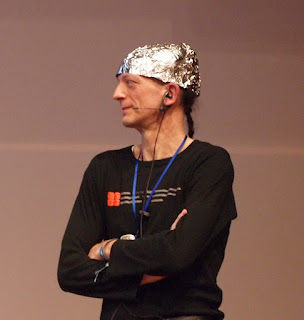Special Report: Pandemic North of the Border
Today's post is by Corona-zona Senior Canada Correspondent Salishsailor
While I wait for the border between the United States and Canada to reopen, I keep track of how our boreal neighbor and its provinces have been managing the pandemic. My wife and I are planning to pull up roots in Idaho and replant them in British Columbia as soon as the border opens. That’s where you’ll find Canada's best climate and one of its most socially progressive populations.
I’ve lived most of my life in the US, the country of my birth. In the 1990s I lived in Spain for half a year and, prior to that, in Japan for two years. But I’ve never lived north of the border, even though I’m a Canadian citizen. So, naturally I would want to compare Canada’s record with the US.
It’s clear that Canada’s effort to control the invasion of the coronavirus and limit the number of COVID-19 cases beat the Trump Administration’s actions—by a wide margin. According to Our World In Data, the US COVID-19 cumulative confirmed cases as of February 18 was 84,227 per million population. The total Canadian cases per million by that date was 22,324.
While the difference in confirmed deaths from COVID-19 isn’t quite so dramatic, Canada still holds a sizeable edge. On February 18, in the US had 1,489 cumulative confirmed deaths due to COVID-19 per million. Canada’s nationwide count was 569.
According to Johns Hopkins University’s daily pandemic reports, Canada’s total cases and deaths are about the same as Massachusetts and Connecticut combined. The telling factor is that Canada has nearly four times the population.
Why this difference? Some pundits think it’s mainly because the US response was disorganized, inconsistent from state to state and within states, and directed by an administration whose leader didn’t really believe in the virus, except as a diplomatic assault weapon.
Ed Yong wrote in an Atlantic article that America “has careened between inaction and ineptitude. The breadth and magnitude of its errors are difficult, in the moment, to truly fathom.” In the same piece Yong quoted a Johns Hopkins epidemiologist as saying, “Trump is president. How could it go well?”
I will add two other factors. First, the communication strategies differed widely between the countries. While both populations are saturated by misinformation carried on social media, the American effort to spread pandemic guidance was often muddled, unsystematic and vague. Canadian public health messaging, by contrast, was coherent, clear, and consistent.
A second factor is the belief that Canadians are more compliant with government orders and have a reputation for politeness. More importantly, as a society Canadians are less politically rigid, less patriotic, and less likely to challenge government regulations.
My next report will cover how the US and Canada programs to distribute and inject SARS-CoV-2 vaccines compare. Meanwhile, I’ll be keeping an eye on the border with British Columbia.



